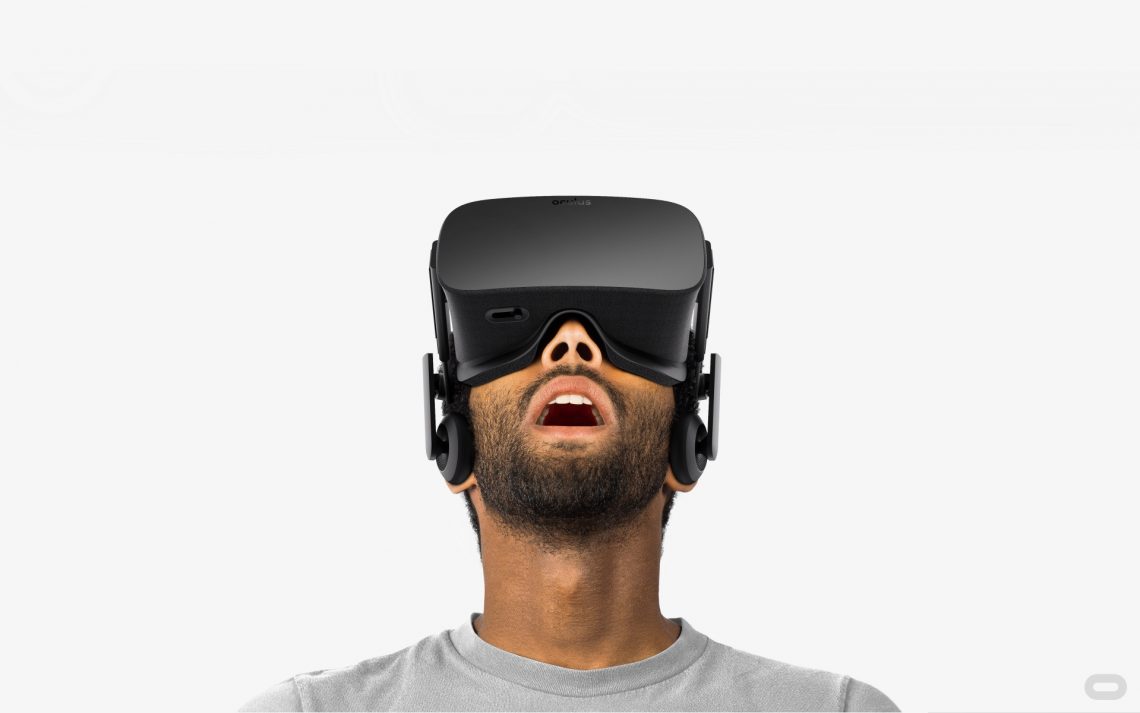At the recent 10th edition of Backstage Pass KL aptly titled “#FOMO – Featuring Organisers Making Original Events” (see what we did there), we invited onboard 4 event organisers to share with us how they’ve gone down the (scenic) road less travelled, breaking away from the norms to do different in introducing original elements to their events, earning themselves the much coveted badge of the “Trends-Formers”.
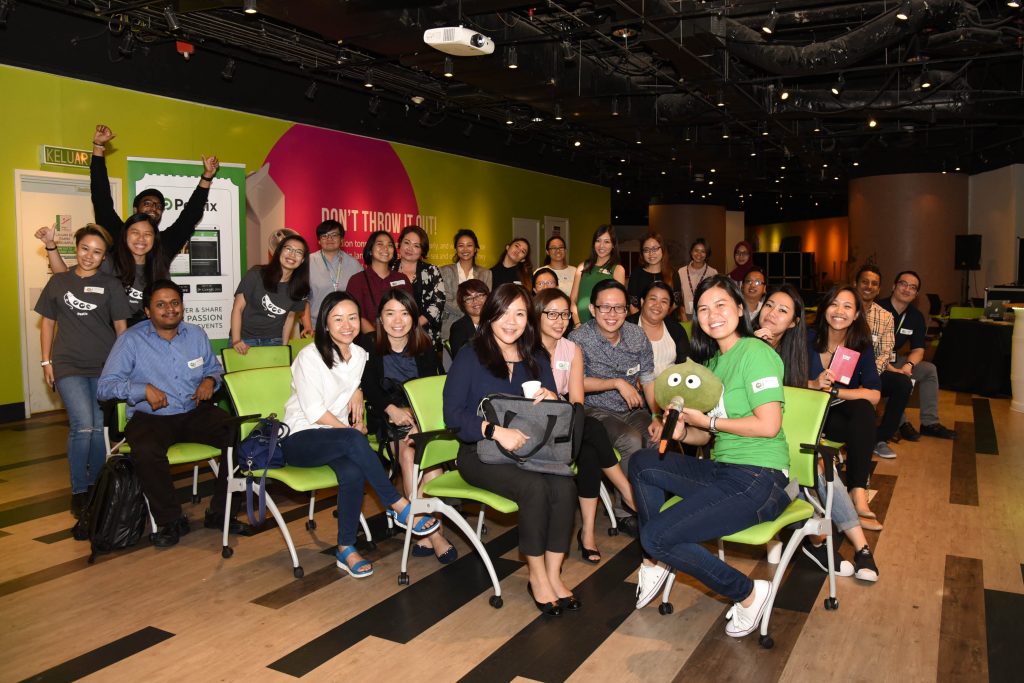
The session was kicked off by Peatix’s very own in-house resident social nuthead (aka the same person penning this post who is finding it rather strange to be addressing herself in 3rd person speak but she digresses) who gave an overview of the 5 key event trends to note for 2018. If you’re looking to catch up with the times and not fall behind in this constant age of breakthroughs, here are 5 trends to up your event strategy game:
1. Virtual Reality
(Not to be confused with Augmented Reality aka AR)
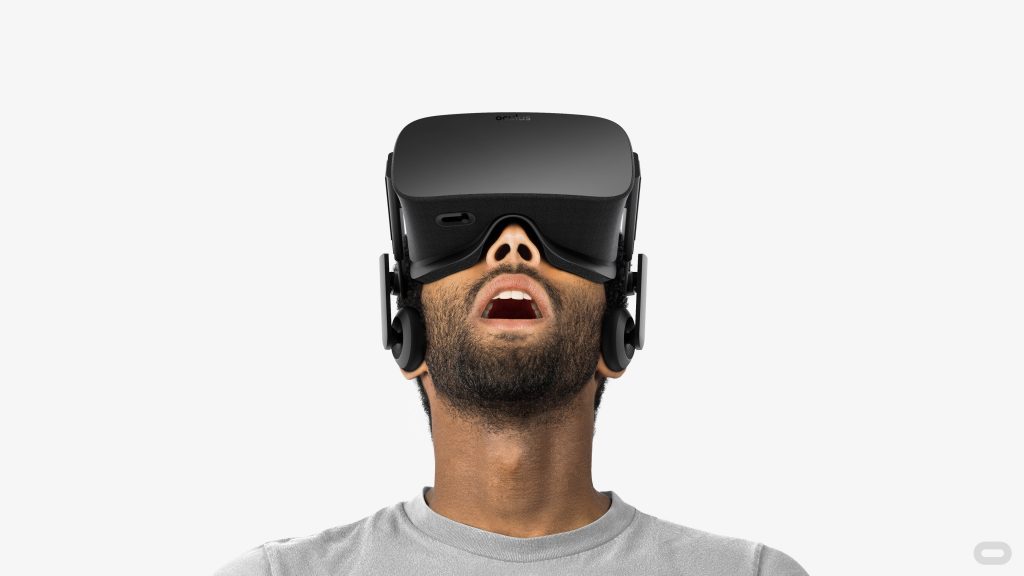
Image Credit: Silicon Angle
What’s the difference?
Virtual reality is a simulation of a real-life environment, focusing on stimulating the vision and hearing while Augmented reality, on the other hand, anchors these computer-generated images on a real-life object, allowing one to experience the two simultaneously (think Snapchat filters)
Picture this, you’re looking to pick up diving and you find yourself at an event where dive schools are pitting against each other within the competitive space. In addition to the usual spiel of what you can possibly expect out of the course, you’re offered a VR headset at one of the booths. You put the head gear on and within seconds, you are instantly transported to the depths of the oceans, frolicking amidst that deep, blue vast marine life. That’s VR for you – a simulation of a real-life environment, while a simple and relatable reference to AR is more akin to the filters we see on Insta Story, or Snapchat – you take a video of yourself and you’re able to layer it with funky graphics i.e. an astronaut helmet simulating a space travel experience.
At the 2015 World Economic Conference in Davos, the U.N used VR to draw attention to the Syrian refugees crisis by commissioning a film titled “Clouds over Sidra”, that follows the life of 12 year old Sidra to school, her makeshift tent and even to the football pitch. It marked as the first ever film shot in virtual reality for the U.N, which used the medium to generate greater empathy and new perspectives on people living in conditions of great vulnerability. Since then, preliminary evidence has shown that VR is “2X as effective in raising funds” and “various civil societies have used it to successfully steer public opinion.” (Source)
There are several reasons why VR will continue to soar in popularity but perhaps the most valuable and intrinsic one is that it enables organisers to take their attendees further and enable an experience not limited by the venue’s physical surroundings.
Tip: VR may have gained itself a dirty rep for being a complex and expensive medium to access but truth is, the tech has become so easy to access that you could even start tinkering with creating your own VR video at home. All you need is:
- A VR/360 Camera. If you’re new to this and would like to start experimenting, you’ll be pleased to know that all you need to start filming with is a VR or 360 Camera and prices start as low as >$200
- A VR headset to view the project: Again, there are choices aplenty through online marketplaces. Prices start from $15
- And last but not least, VR is simulation of sights and sounds that tells a story so it’ll be good to take a step back and consider the theories and steps that governs filmmaking and storytelling i.e. Sketching of a storyboard, a shot list or perhaps even a script! There are plenty of material and tutorials online that gets you off the basics of filmmaking and starting on your first VR project so be sure to check them out.
2. Social causes
“Cause Marketing” – the process of associating your campaign with a social initiative.
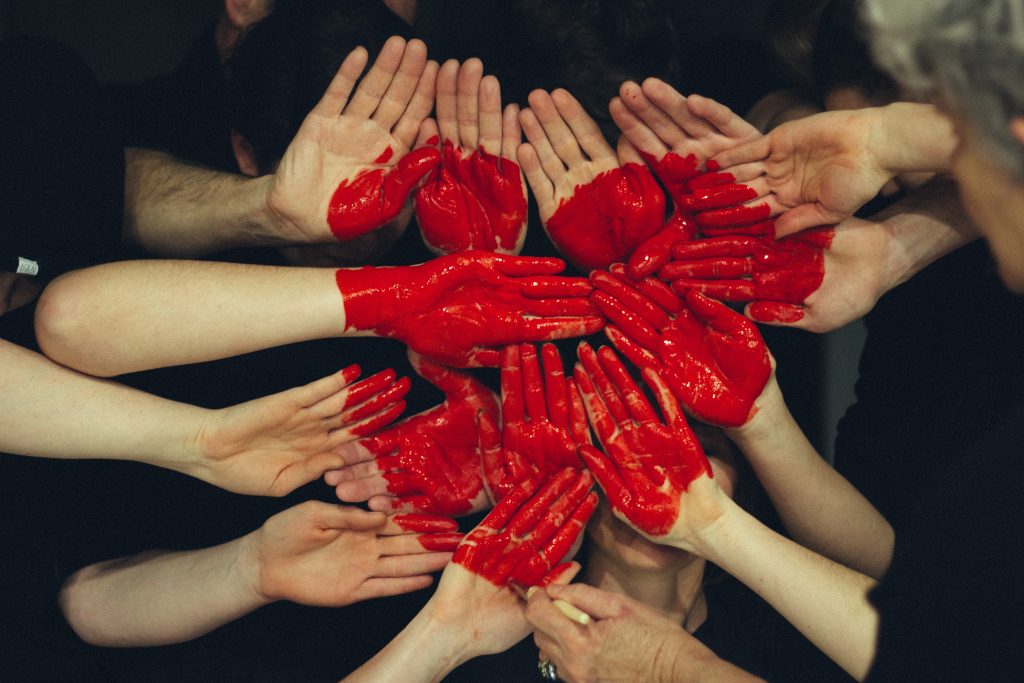
Image Credit: Unsplash
Consider the last time you noticed a cause related campaign. “Petition against animal testing!” “Empower the displaced!” “Say No to Poverty!”.
What makes these cause-related efforts so effective? Why are brands doing it?
First up, there’s the obvious CSR effort but secondly, it also allows brands to reach an extended audience and profiles beyond their typical attendees. Reports and studies have shown that as we become more informed with information readily available at the ease of a click, the likelier we are to cultivating an altruistic streak.
However, when picking a cause to associate your event with, be mindful that the relevance will have to be authentic and genuine, rather than seeking out a random cause just for the ease of it. Consider picking a cause that resonates with the ideals of your event and think of the potential crowd the effort might possibly draw. Are these the personas you want to attract? What could you do beyond this campaign to sustain the interest of these people? Lastly, if this is something you haven’t embarked on before, it helps to play it safe by speaking to the welfare organisation and bounce the idea of a collaboration prior to further planning. Chances are that these organisations have a fair deal of experience working with partners and they may be able to dish out insights to how the potential collaboration could go the extra mile, or help push the alert button if there’s a misfit in the ideals.
3. Customisation VS Personalisation
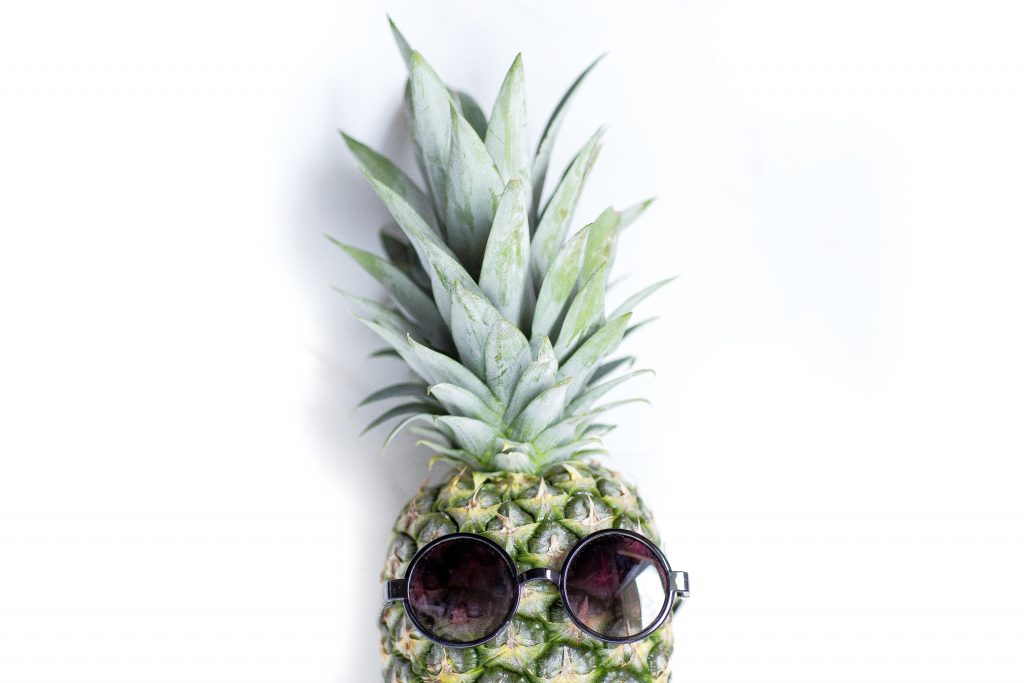
Assuming there was this highly raved new restaurant that dishes out the most gratifying lobster roll. You make plans to go check it out with your friends, the day finally arrive and when you get there, you’re told there isn’t a menu because there’s no need for it; the lobster roll is the rock star and that’s all there is. No add-ons, no fries, no chips. Want a smaller portion? Afraid no. Have a friend who’s allergic to crustaceans? Yikes. What are the chances of you returning to that said place with 5 other friends in tow?
Nevermind what Chuck Palaniuk may say. Truth is, we are all unique snowflakes (in our own right) and we are leveraging on that right increasingly so. “One size fits all” has since earned its status as an awfully archaic provision, people are lapping up experiences that makes them feel like it has been specially crafted to suit their needs.
Before we go any further, let us set the record straight of the difference between the 2:
Customization is explicitly stating your interests and preferences with whom you are interacting, from conveying your low-fat mocha frappe with a cherry pump sans whipped cream to your barista at Starbucks, to picking out your favourite tracks on Spotify to compile a playlist.

Image Credit: Pinterest
On the other hand, personalization is when a brand understands your need as a customer and meets them and offers these recommendations to you.
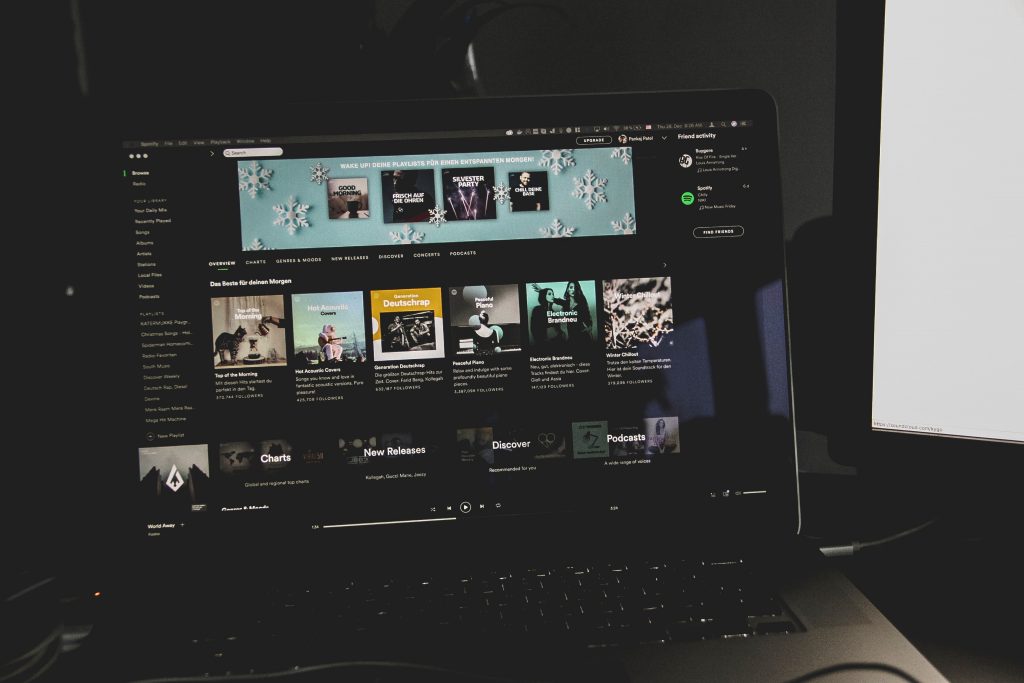
Image Credit: Unsplash
Now that we’ve got these definitions out of the way, here are some ideas that could get you started:
Customisation need not be as complex as it seems. The key is to provide a tailored experience in the same shared space. Start by making any networking sessions “personal”, allowing attendees to make the most out of having conversations they’re actually interested in. A fuss-free way to pull this off is to have participants label or indicate their “Specialisation”/ Interest” topics aka “Ask me about”/ “Talk to me about” on their name badges so people need not scour the crowd or waltz about striking up awkward conversations and it makes a great opener when these groups of 2 or more have a related interest to dive in to.
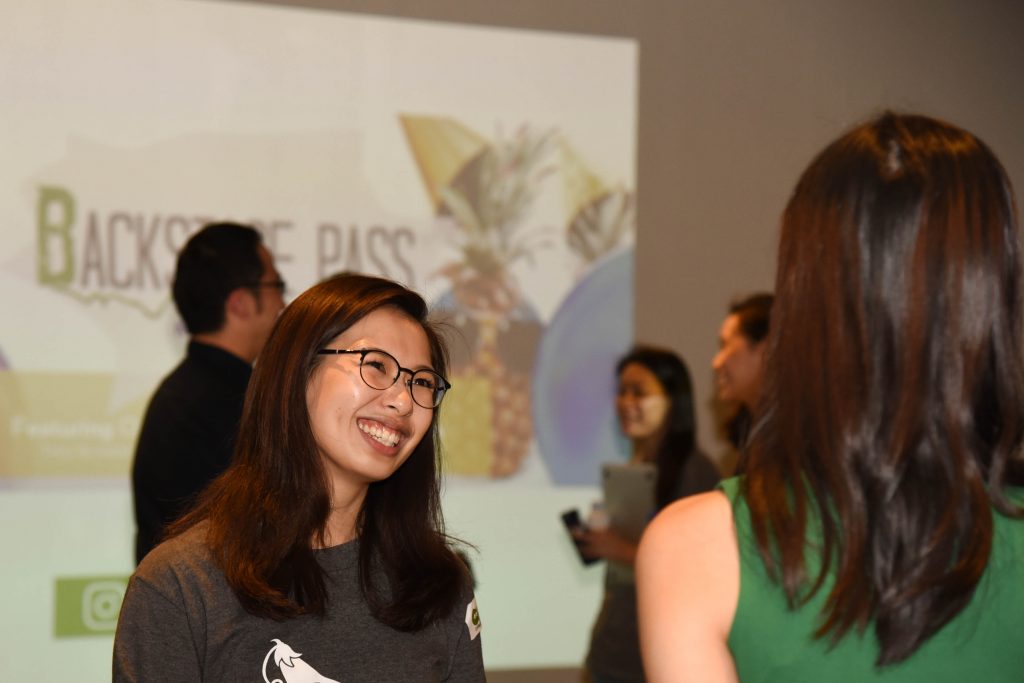
“Ask me about…”
Taking it up a notch in this business of personalisation is the concept of “Silent Disco” where people dance to music delivered through wireless headphone sets. Rather than using a speaker system, music is broadcast via a radio transmitter with the signal being picked up by wireless headphone receivers worn by the participants. There could be multiple DJs spinning various genres from R&B, Hip Hop, House, EDM etc… in the same space and attendees could switch between channels at any time.
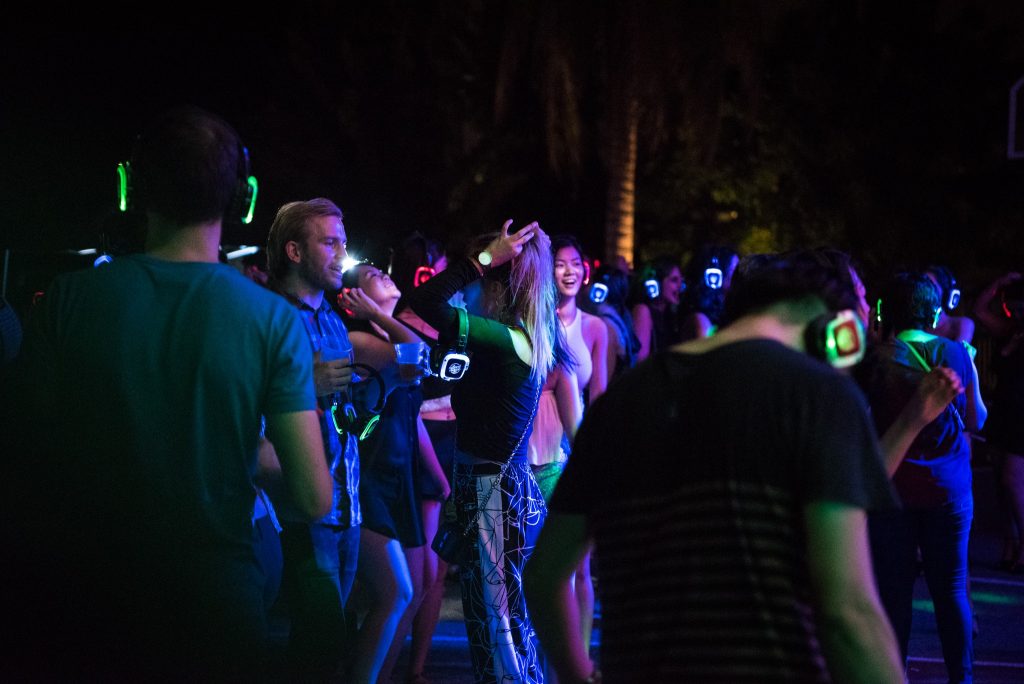
Image Credit: Silent Disco Asia Facebook Page
Consider what the same technology could mean in a business context in meetings, conferences etc… You’re now able to have different groups within the same space, without complex logistical movements to have them break out into rooms/groups driven by the content matter. They could stay exactly where they are, tuning into content they want, switching between channels at any point. On the same note, if you are expecting an international crowd at a global company conference where a medium of language is required for differing groups of participants, you could now have everyone in the same room with real time translation piped through these headsets.

Image Credit: Silent Eve
4. Food
84% of food festival-goers are likely to post pictures of food while at an event*
Image Credit: Unsplash
Ok so we know food could hardly be categorised as a trend but its importance at events is escalating to new heights. There is good reason why food is amongst the most popular hashtags reigning on the internet – It’s easily accessible, visually enticing and most people love food!
Key hack: Make word of your event go the extra mile by leveraging on food trends. Bring in that Nasi Lemak burger, the salted egg yolk chips, that unicorn potion or simply a coffee with customised coffee art of your name and watch that hashtag come to life on social media. How would this go the extra mile exactly you ask? Other than the post being visible to all but your 500 followers, slap it on with the trending food-related hashtags and watch the flood doors open (Disclaimer: only applies to public accounts).
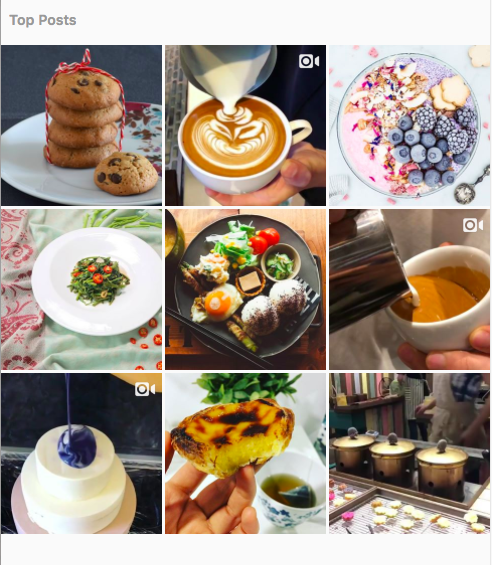
#foodie #wi8t #foodcore #omnomnom #munchies
Also, food can serve to galvanise crowd to your event, even if the nature of your intent has little to do with food! Case in point: Netflix’s publicity stint with “Orange Is The New Black”.
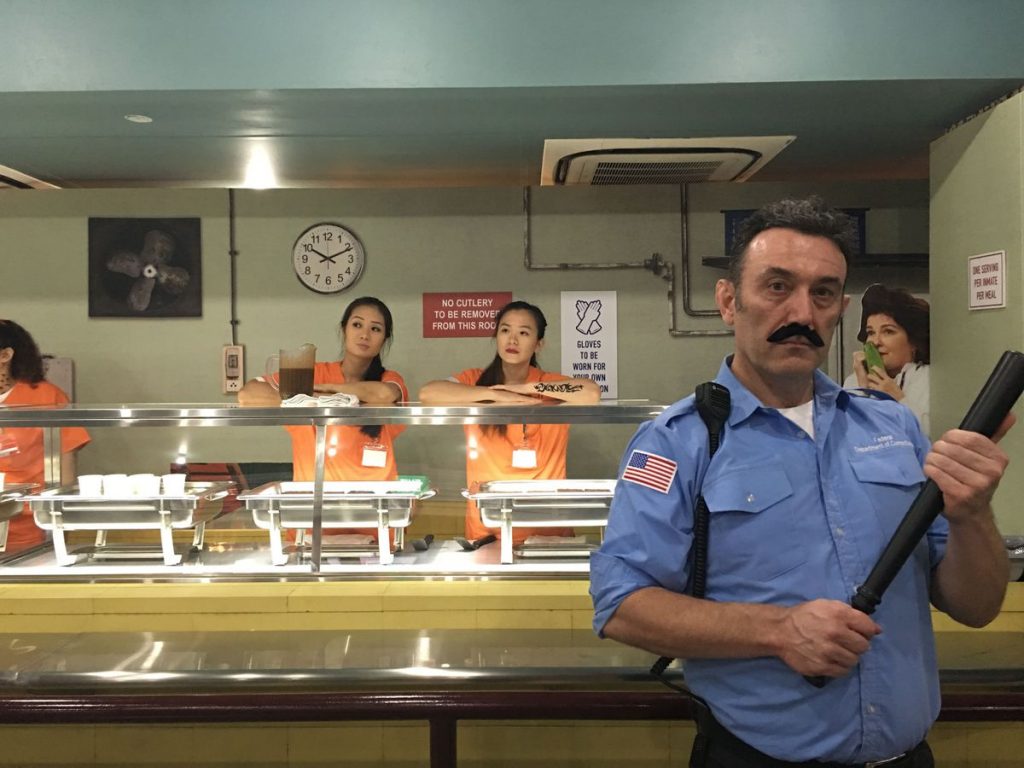
Image Credit: Mashable
In 2016, Netflix partnered with Overeasy, an American styled diner situated in the heart of Singapore’s main shopping belt to transform the restaurant into a prison cafeteria. Yes, you read that right. This was done as part of the publicity efforts leading up to season 4 of “Orange is the New Black” – an original Netflix series revolving around the lives of female inmates in an US prison. The diner was designed and turned into a replica of the cafeteria featured in the series and guests were made to don in provided prison orange garb at the point of entry and treated like inmates, before being shoved a nasty serve of prison grub. Visually (and expectedly), the meal looked almost repulsive and taste definitely fell short of any possible redemption but that did not stop the stint from blowing up on social media. Instead, people spent hours in the queue waiting for a chance to be admitted and be bossed around like cattle and made to eat what would classify as a luxurious waste of calories. Food was barely the key in this activation but yet, because all that was required on the attendees’ part was to eat, it was an extremely low barrier of entry to get people to start looking up, noticing what the show is all about and yes, breaking through the clutter.
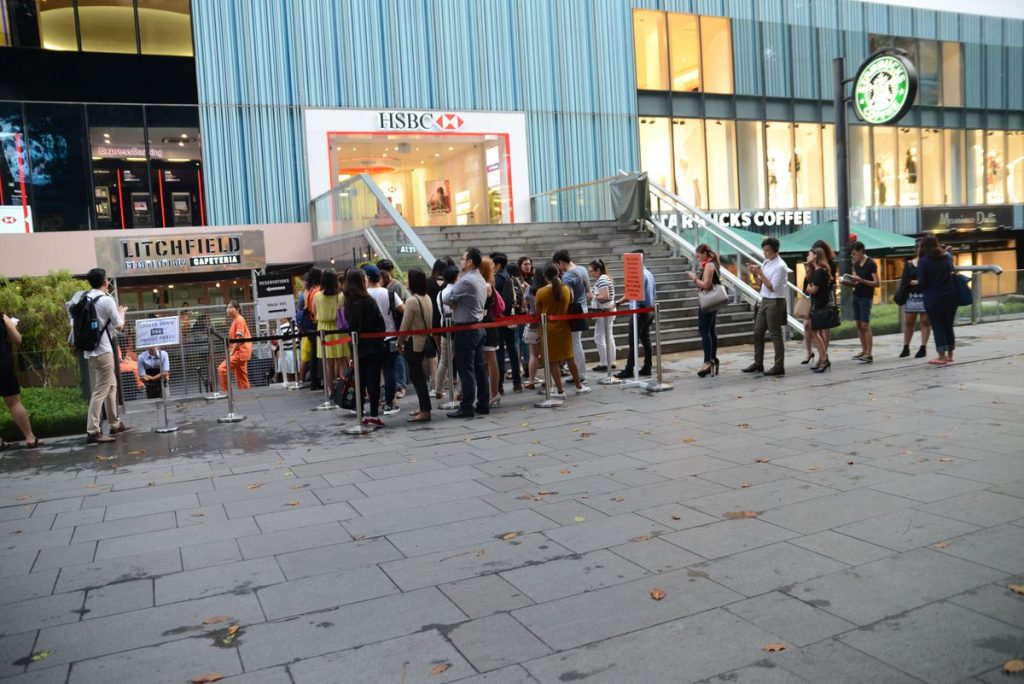
Image Credit: Mashable
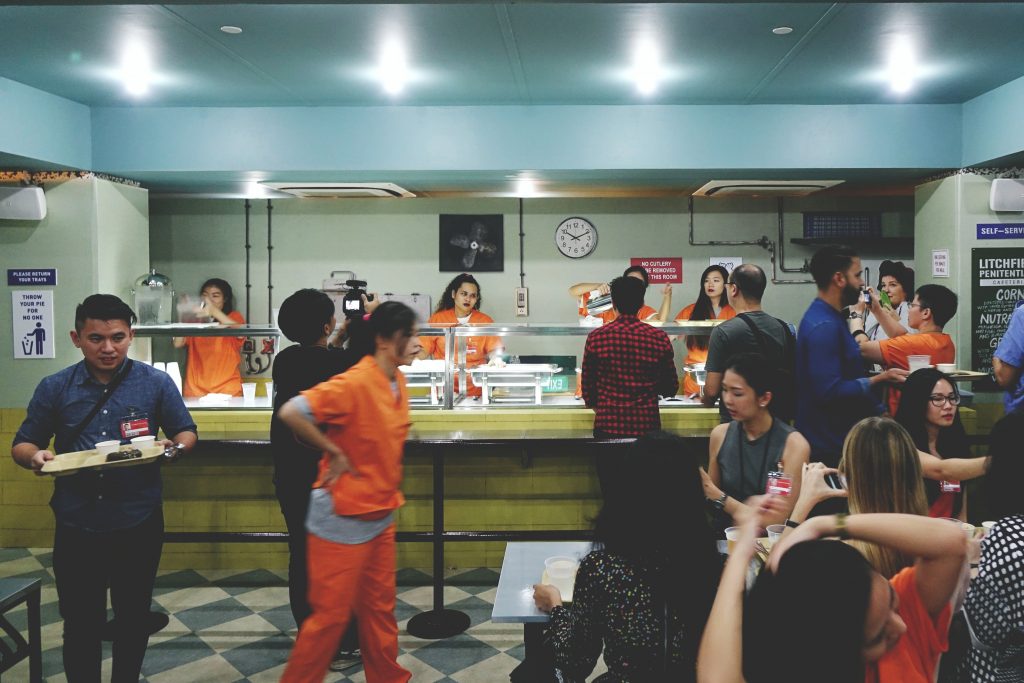
Image Credit: Juice
5. Mash-ups
The combination of 2 or more seemingly unrelated genres
Here at Peatix, we’ve spotted data trends of events having a go at marrying 2 or more seemingly unrelated genres to bring about what’s potentially, a complementary unique experience. First up, there’s Broc & Bells – a global social fitness program that mashes workout with networking. There are 3 core offerings, namely: Sweat Buddy, where you meet other like-minded individuals while working on paired sets. Sweat Work – a workout program designed to allow for your to meet shared interest business partners and third, Sweat Date (this is where it gets interesting) where like a dating app, you first have to fill up details about yourself, what are you looking for in a date, before their system pairs you up with a potential date and you guys get to work out on a set together. The copy pitch had the team reeling in joy and it goes something like – “Test out his/her resilience, see if they’re the go-getter they preach to be”. You get the drift. Who knew swopping sets could also set the tone for swiping right?
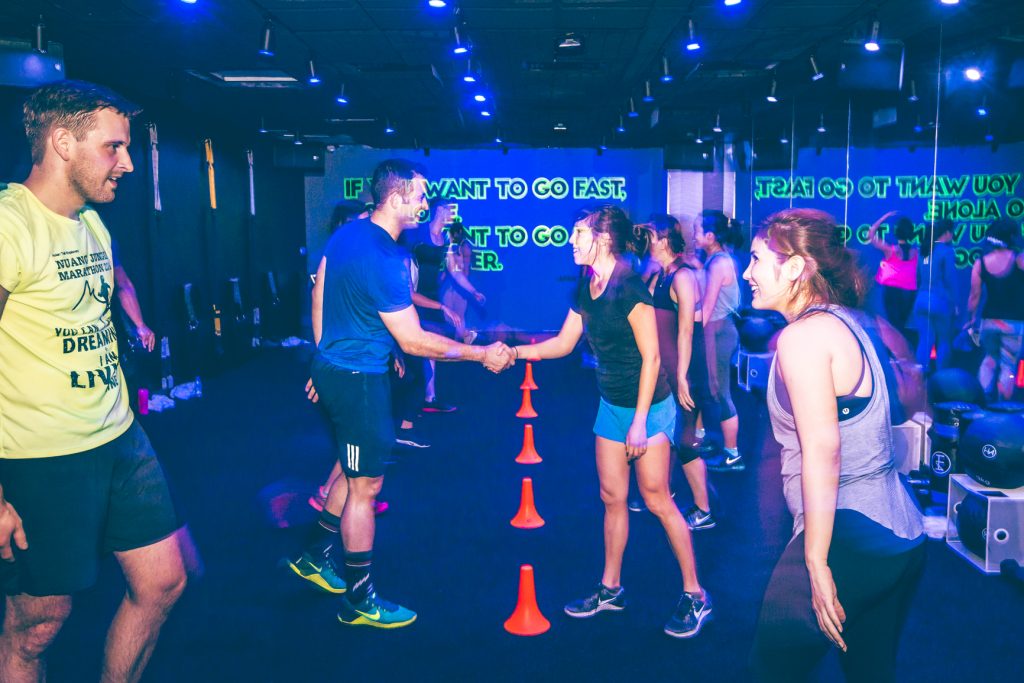
Image Credit: Broc & Bells
Beverly Hiong, founder of Music & Makan – a classical music appreciation session coupled with a shared dining experience (& incidentally, our next speaker at the Backstage Pass KL – #FOMO), has gone on to achieve sell-out sessions for her event by marrying 2 seemingly unrelated elements of classical music over a honest & hearty meal. She mentioned how she’s achieved the 100% sell-out sessions in the earlier posts and in an upcoming post, we will share the process of her ideation and how that gave rise to an inspiration of mashing 2 intents to give rise to a complementary purpose.
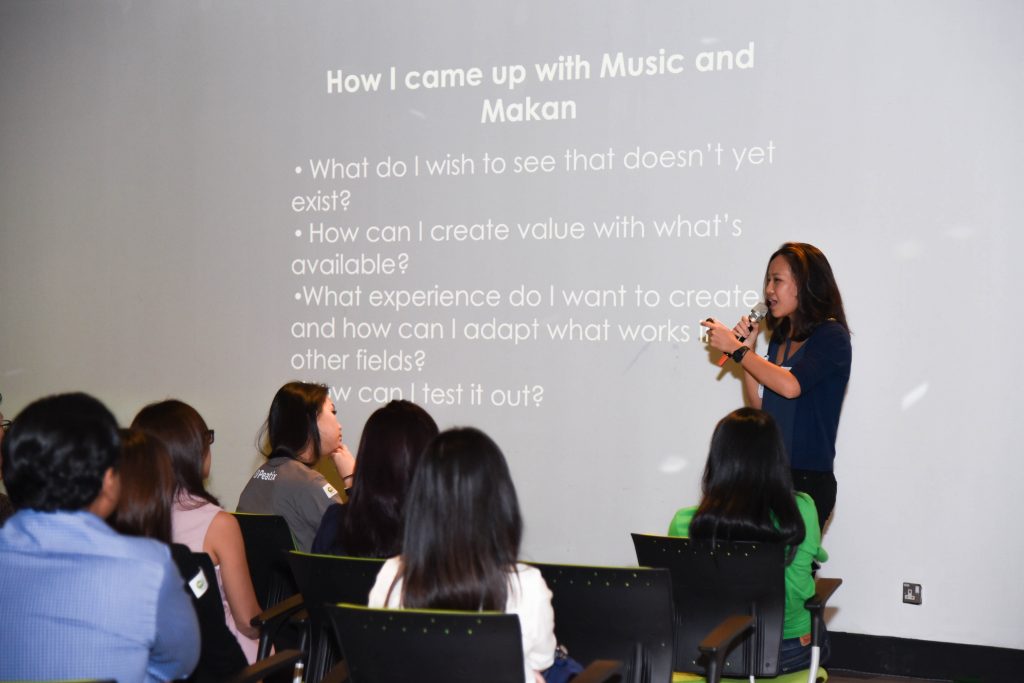
Beverly Hiong, founder of Music & Makan at our recent Backstage Pass in KL
So there we have it! The 5 key trends you’d wanna note for your events in 2018. Should all else fail, remember that we are living in the height of the experience economy, thanks to the evolution of tech & social media and people are no longer satisfied with just the procurement of tangible items. They crave and seek unique experiences even in the most mundane of outcomes so in the wise words of the creative mad men behind Nike, whether you’re an organiser or an attendee, stop pondering, get out and “Just Do It”.

